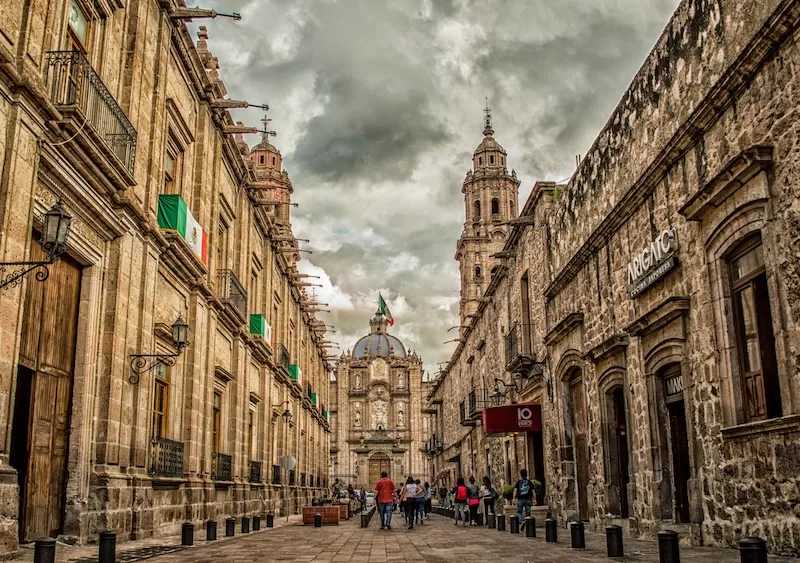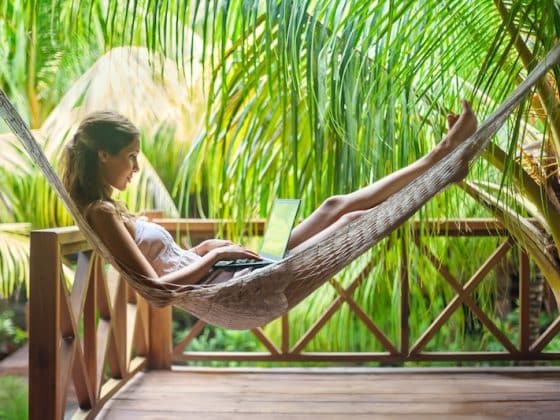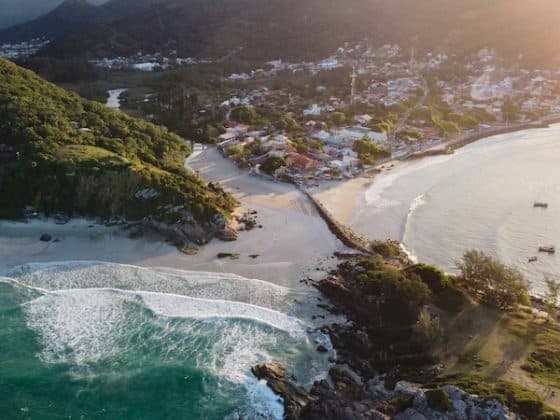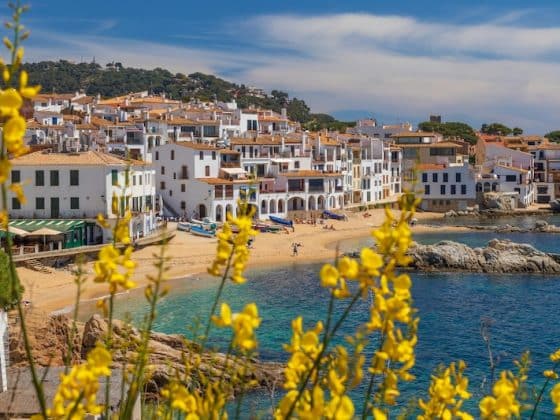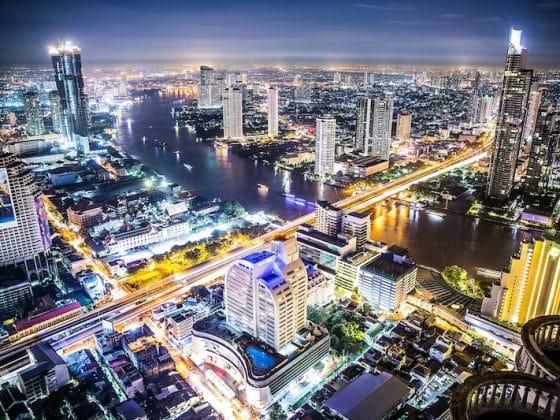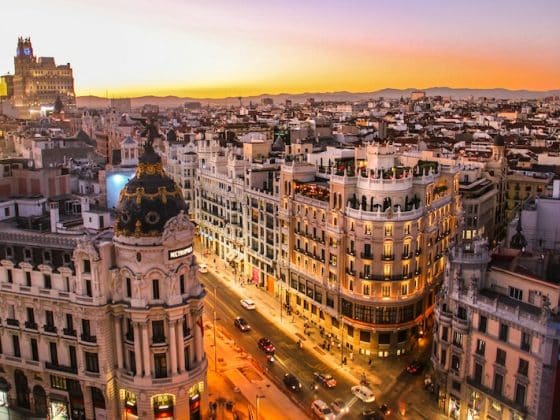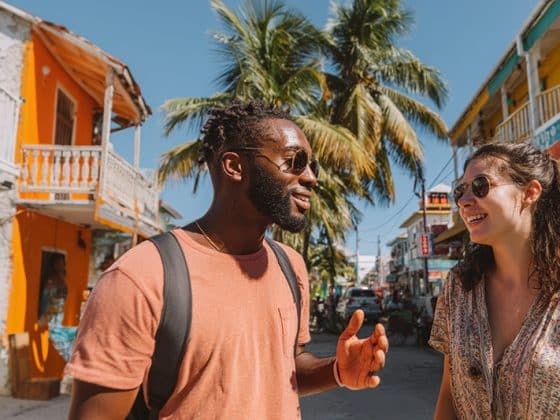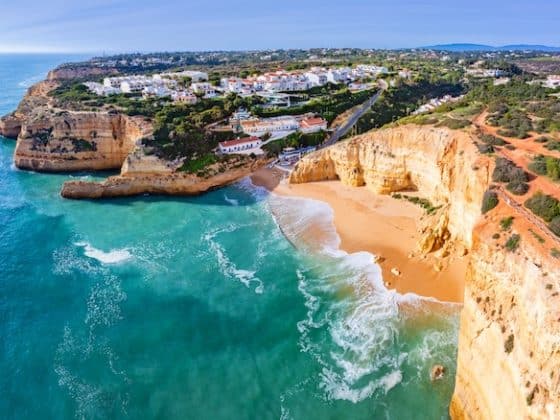Introduction
If you’re searching for the best cities to live in Mexico, you’re likely seeking a place that balances lifestyle, affordability, safety, and culture. Mexico, with its diversity of climates, regions, and traditions, offers a world of options: from colonial mountain cities to tropical beach towns to buzzing urban centers. But not every city suits every person.
To help you navigate your choices, this guide explores what truly makes a city “best,” showcases standout cities, compares data-driven metrics, and helps you land on the one that fits your life. Read on, and let’s find your ideal Mexican home.
What Makes a City “Best” to Live In
To decide which cities rank among the best cities to live in Mexico, we evaluate several core pillars:
Quality of Life & Livability Metrics
We use indices such as quality of life, purchasing power, and health care, e.g. from Numbeo’s city-level data. In their rankings, Querétaro leads with a quality of life index ~162.2, followed by Guadalajara (~122.4). Cities that score well on public infrastructure, green space, walkability, and access to services are strong contenders.
Cost of Living & Housing
A major driver for many is how far one’s budget stretches. Mexico’s overall cost of living is about 1.17 times lower than the world average. Housing is especially variable: in Mérida, you can find one- or two-bedroom rentals under $600 USD per month. As a benchmark, a family of four in Mexico might spend ~$2,335 USD/month on living expenses.
Safety & Healthcare
Even the most beautiful city loses appeal if safety is a constant concern. Cities such as Mérida, San Miguel de Allende, and Querétaro are frequently cited as among Mexico’s safest. Access to quality healthcare (private and public), proximity to good hospitals, and availability of specialists are essential, especially for families or retirees.
Climate, Culture & Connectivity
Do you prefer temperate highlands or warm coastal breezes? Are you seeking an English-speaking expat community or total immersion? Cities with international airports, good internet connectivity, and cultural offerings (museums, music, festivals) often rise to the top for many people.
Choosing a city is like choosing a pair of shoes: you need the one that fits your feet, not the most expensive or flashy pair.
Top 7 Best Cities to Live in Mexico
Below, each city is evaluated across six criteria:
1. Mérida
Cost & Housing
- One-bedroom apartments in the city center often rent for US $400–600/month; two-bedrooms run US $600–800.
- Houses in historic district often sell for US $100,000 or less; a typical two-bedroom house averages ~US $180,000.
Climate
- Tropical to sub-humid; hot year-round, with a wet season (especially June–October) and occasional hurricane risk.
- It can feel intense in the summer. Shade, indoor cooling, or travel inland help with relief.
Healthcare & Amenities
- Several modern private hospitals, specialty clinics, good access to care and medical professionals; health care costs are modest compared to U.S./Canada.
- Amenities: malls, cultural institutions, markets, theaters, and reliable services.
Growth & Infrastructure
- Steady urban growth, improving public transport, better utilities.
- Infrastructure is solid within central zones; some peripheral or rural sectors less developed.
Vibe
- Rich in colonial architecture, Mayan cultural heritage, and local food culture.
- Safer than many Mexican cities, good expat community, slower pace.
Balance
- Mérida’s strengths in safety, cost, and culture outweigh challenges like humidity and periodic storms.
- For those willing to adapt to heat and occasional infrastructure quirks, it delivers great value.
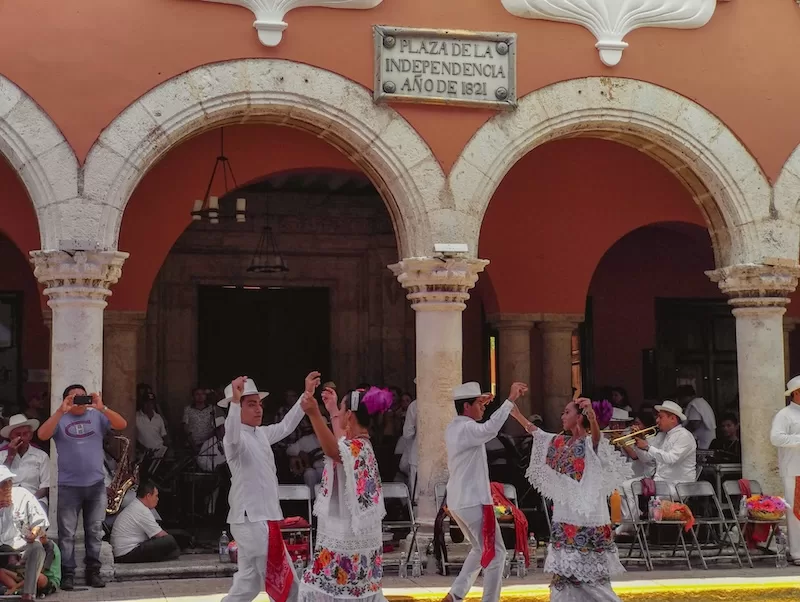
2. Querétaro (Santiago de Querétaro)
Cost & Housing
- More moderate than coastal or capital cities; rentals and home purchase costs are mid-tier. (Exact local rent data varies)
- Because it is less tourist-driven, housing inflation is more controlled.
Climate
- Semi-arid to temperate highland climate: moderate seasonal temperature swings, less humidity.
- Pleasant overall for those who prefer dryer, moderate weather.
Healthcare & Amenities
- Good health infrastructure, plenty of clinics, hospitals, regional medical services.
- Amenities include cultural and educational institutions, shopping, transit connectivity.
Growth & Infrastructure
- Rapid economic growth in industrial, tech, aerospace sectors.
- Strong transport links (road, regional highways), integration with logistics corridors.
Vibe
- Blends colonial charm in its historic core with modern neighborhoods.
- More urban yet manageable size, fewer extremes, strong middle-class energy.
Balance
- Querétaro is well balanced: climate is comfortable, infrastructure is modern, growth is strong.
- Some tradeoffs: less tropical/relaxation than coastal cities, and housing demand rising with growth.
3. Guadalajara
Cost & Housing
- Rentals and real estate more expensive than in smaller cities but still often more affordable than in large U.S. metros.
- One-bedroom and two-bedroom apartments in desirable zones may run higher, depending on neighborhood.
Climate
- Subtropical highland climate: relatively mild, with rainy season. Cooler nights in many parts.
Healthcare & Amenities
- Major hospitals, top specialists, educational institutions, cultural and arts infrastructure.
- Strong amenities: universities, theaters, restaurants, music, tech hubs.
Growth & Infrastructure
- Well-developed transit (bus, light rail), expanding roads, strong tech / startup presence.
- Serves as a regional hub in western Mexico.
Vibe
- Creative, youthful, dynamic; strong cultural roots (e.g. mariachi, Jalisco identity).
- More hustle and bustle, traffic in dense zones.
Balance
- Good for those who want urban life without the extremes of a megacity.
- Tradeoffs: traffic congestion, variation in safety by neighborhood.
4. Mexico City (Ciudad de México)
Cost & Housing
- Among the highest in Mexico for rent and purchase, though still moderate compared to many global capitals.
- Neighborhoods vary dramatically: some affordable pockets, some elite enclaves.
Climate
- High-altitude valley climate: milder year-round, distinct dry and rainy seasons.
- Cooler in altitude, lower humidity than coastal zones.
Healthcare & Amenities
- World-class hospitals, specialist care, international schools, arts and culture, global infrastructure.
- Offers almost every service you’d expect in a major global city.
Growth & Infrastructure
- Extensive public transport (metro, buses, BRT), continual infrastructure upgrades.
- Massive scale makes maintenance and congestion ongoing challenges.
Vibe
- Intense, cosmopolitan, endlessly varied. For many, the culture, food, nightlife, and professional opportunities are unmatched.
- But also noise, pollution, high density.
Balance
- Best for those who crave opportunity, choice, and scale.
- Must accept tradeoffs: cost in time, stress, and variation by district.
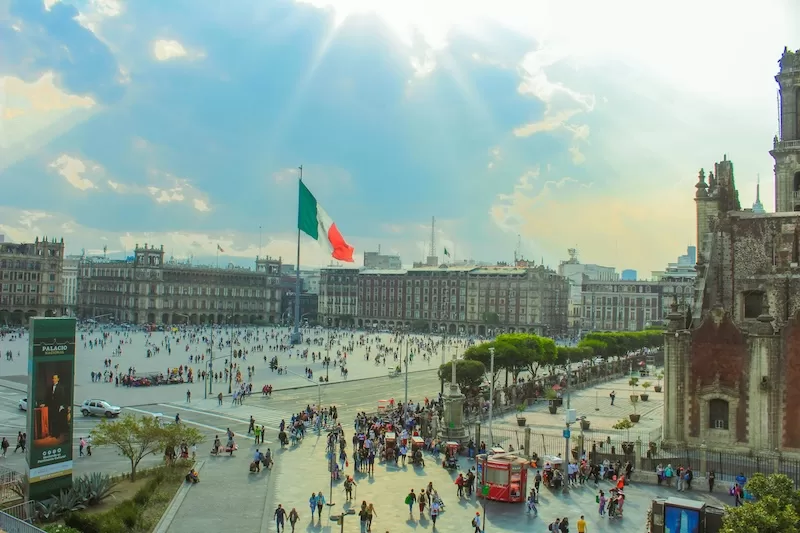
5. Puebla
Cost & Housing
- Generally more affordable than in Mexico City, especially outside tourist zones.
- Good value for housing and daily expenses with solid quality.
Climate
- Temperate climate due to elevation; cooler evenings, moderate seasonal variation.
Healthcare & Amenities
- Several quality hospitals, clinics, local and regional amenities, cultural institutions.
- Proximity to Mexico City adds access to higher-tier services.
Growth & Infrastructure
- Moderate growth; improved roads, public transport, connectivity regionally.
- Infrastructure less dense than capital but robust for its size.
Vibe
- Rich in colonial architecture, museums, cultural heritage, and food.
- Slower pace than capital, more relaxed but still active.
Balance
- A good “middle ground” choice: decent costs, pleasant climate, culture, and services.
- Drawbacks: fewer international flights; some services less specialized.
Read more like this: Moving to Mexico? Consider Puebla
6. San Miguel de Allende
Cost & Housing
- Higher relative cost due to expat demand. Two-bedroom in historic center can run from US $900 up (or more). i
- Real estate is premium in desirable zones.
Climate
- Highland climate: mild, temperate, low humidity. Comfortable year-round.
Healthcare & Amenities
- Adequate local clinics and doctors; for advanced care many travel to nearby cities.
- Strong cultural and social amenities, arts, galleries, festivals.
Growth & Infrastructure
- Infrastructure is sufficient for small city scale but limited compared to large metros.
- Utilities, roads, internet generally reliable in central zones.
Vibe
- Artistic, community-driven, sociable expat presence, strong walkability.
- Quiet in off-center zones, more touristy in core.
Balance
- Ideal for those prioritizing cultural life, community, charm over scale and mega-city amenities.
- Pay premium for center zones; accept limited infrastructure scale.
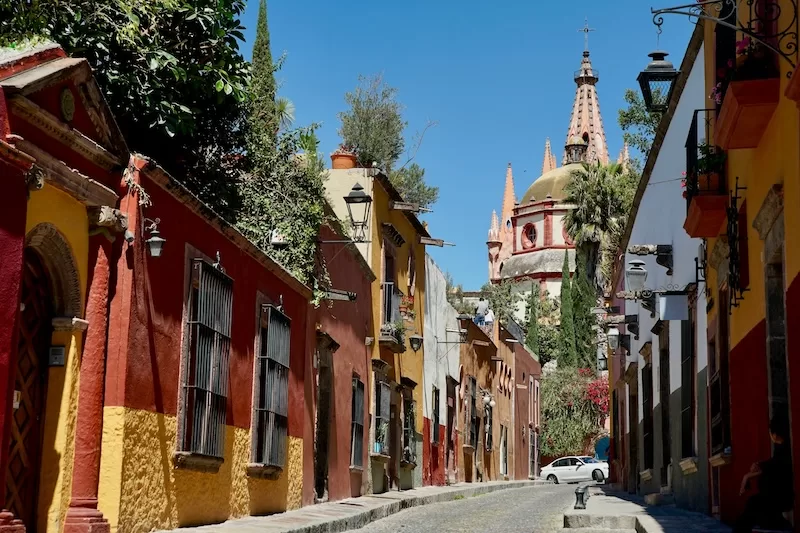
7. Puerto Vallarta
Cost & Housing
- In tourist areas, housing is more expensive. Beachfront condos and premium zones demand higher prices.
- Inland or less central units are more affordable.
Climate
- Tropical coastal climate: warm, humid, rainy season (with risk of hurricanes in season).
- Sea breezes mitigate heat; humidity and seasonal storms are factors.
Healthcare & Amenities
- Good private hospitals and clinics, especially in tourist zones. Moderate local healthcare for less urgent needs.
- Amenities include international services, restaurants, shopping, recreation.
Growth & Infrastructure
- Infrastructure developed largely around tourism: good roads, airports, utilities in populated zones.
- Some strain during peak season; peripheral areas may lag.
Vibe
- Beach lifestyle, strong expat and tourist presence, relaxed pace.
- Seasonal surges, nightlife, marine activities define much of the energy.
Balance
- Excellent for beach-lover, sun seekers who accept seasonal fluctuation, humidity, and tourist peaks.
- Tradeoff: some services are seasonally strained; cost spikes in prime zones.
Summary: Metric-based Comparison & Observations
- Cost & Housing: Mérida and Puebla often offer the best affordability; San Miguel and Puerto Vallarta command premiums in prime zones.
- Climate: Querétaro, Mexico City, and San Miguel enjoy more temperate climates; Mérida and Puerto Vallarta are more tropical/humid.
- Healthcare & Amenities: Mexico City leads; Guadalajara, Querétaro, Mérida, and Puerto Vallarta are strong; San Miguel and Puebla are solid but sometimes require travel for specialty services.
- Growth & Infrastructure: Mexico City, Querétaro, and Guadalajara score highest. Mérida is improving; San Miguel is moderate scale; Puerto Vallarta has tourist-oriented infrastructure.
- Vibe: Diverse: Mérida is relaxed and historic, Querétaro modern yet calm, Guadalajara energetic, Mexico City cosmopolitan, Puebla cultural, San Miguel artistic, Puerto Vallarta tropical.
- Balance: The “sweet spot” cities combine strengths and manageable downsides: cities like Querétaro and Mérida often emerge as top overall choices depending on priorities.
How to Choose the Right City for You
Choosing where to live in Mexico isn’t just about picking a name on the map. It’s about finding a rhythm that matches your lifestyle: the morning light you want to wake up to, the kind of community you want around you, and the pace that feels like you.
Below are the steps that help turn curiosity into clarity.
Align with Your Priorities
Start by asking what matters most to you day-to-day. Not in theory, but in practice. Do you value year-round warmth or crisp mountain air? Do you need reliable international schools, or are you looking for a place where you can unplug and live quietly by the sea?
Make a short list of your non-negotiables:
- Climate: Cooler highlands like San Miguel or temperate Querétaro, or coastal breezes in Puerto Vallarta?
- Cost: Would you rather have more space inland, or pay extra to live steps from the ocean?
- Safety: Mérida and Querétaro often top safety rankings, while larger metros require neighborhood-by-neighborhood research.
- Language & Community: If you prefer an English-speaking network, San Miguel and Puerto Vallarta make life easier. If immersion is your goal, Puebla or Mérida offer an authentic Spanish-forward experience.
- Work or Remote Setup: Mexico City and Guadalajara have strong business ecosystems, while smaller cities may offer better focus for digital nomads.
Your “best city” depends on how those pieces stack up for your life stage and priorities.
Visit & Test It Out
Think of this as your trial run. Book a one-to-three-month stay in one or two top contenders and experience everyday life. Stay in a local neighborhood, not a hotel. Shop at the corner market. Take public transport. See how it feels to run errands or meet friends.
This short-term immersion answers questions no blog post can:
- Do you like the rhythm of mornings and evenings here?
- Is the Wi-Fi stable enough for your work?
- Are people friendly when you stumble through your first Spanish sentences?
If you wake up excited to explore instead of checking flight prices home, you’re probably in the right place.
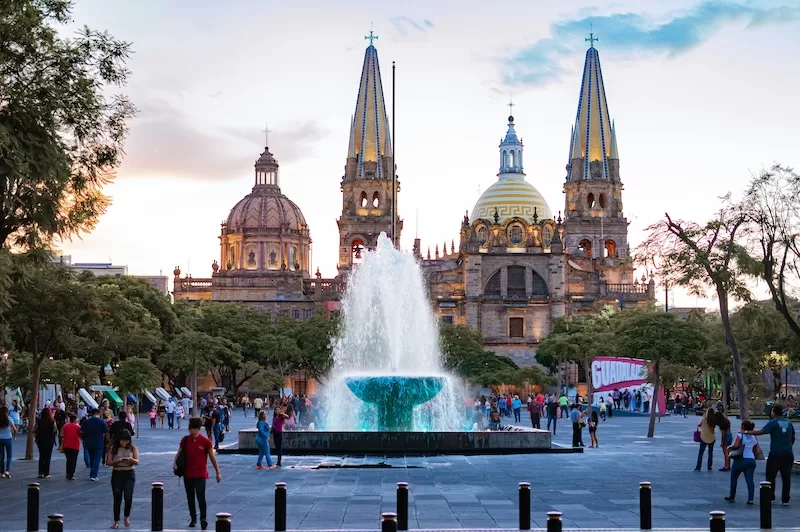
Legal Residencies & Logistics
Mexico’s visa and residency pathways are straightforward once you know the system.
Here’s a quick breakdown:
- Tourist Stay: Up to 180 days, good for exploratory trips but not long-term living.
- Temporary Resident Visa: Valid for one year, renewable up to four. You’ll need to show proof of income or savings (requirements vary by consulate).
- Permanent Residency: For those ready to settle long-term; ideal for retirees or digital nomads meeting financial criteria.
Other practicalities to line up:
- Banking: Some banks require residency status; online options like Wise or Revolut can bridge the gap.
- Taxes: If you spend over 183 days a year in Mexico, you’re likely a tax resident. Use a bilingual accountant familiar with U.S. or Canadian treaties to avoid double taxation.
- Property Ownership: Foreigners can buy freely inland. For coastal or border properties, you’ll use a bank trust (fideicomiso); a safe and common setup.
For detailed step-by-step guidance, the Mexico Relocation Guide and official government sites are great starting points.
Don’t Rush the Decision
Many expats fall in love with the first city they visit, only to realize later that it was the vacation glow talking. Give yourself time. Visit in a different season. The humid coastal summer feels very different from the breezy winter months.
Think of it as building a long-term relationship, not a quick getaway. Cities reveal themselves slowly: through morning markets, neighborhood cafés, and conversations that help you understand how life really works there.
Trust the Balance, Not the Hype
Online rankings and “best places” lists are helpful starting points, but your ideal city is the one that aligns with your personal equation of cost, comfort, and community. For some, that’s the energy of Mexico City. For others, the calm of Mérida or the creative heartbeat of San Miguel de Allende.
When it all clicks (the pace, the people, the way evenings sound outside your window) you’ll know you’ve found home.
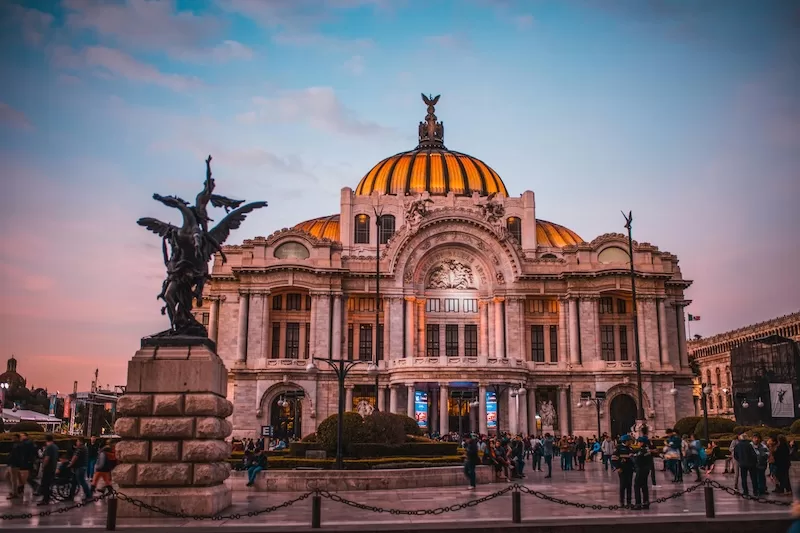
Read more like this: Top 10 Things to Know if You’re Moving to Mexico
FAQs
Q1: Can I live comfortably in Mexico on a modest budget?
Yes. Many expats report comfortable living on $1,200–$1,800 USD/month depending on city, housing type, and lifestyle. Smaller inland cities like Mérida and Puebla are among the most affordable.
Q2: Are these cities safe for families or solo travelers?
Most of the cities listed (Mérida, Querétaro, San Miguel) rank among Mexico’s safer options. Still, it’s smart to follow local advice and avoid isolated areas at night.
Q3: Is it hard to find English-speaking communities?
Not at all. Major expat hubs like San Miguel de Allende, Puerto Vallarta, and Mexico City have strong English-speaking communities. In smaller towns, learning basic Spanish helps daily life feel smoother.
Q4: How does healthcare compare to my home country?
Private healthcare in Mexico is high-quality and affordable. Many doctors train internationally, and insurance plans or out-of-pocket costs are often a fraction of U.S. prices.
Q5: Does property ownership differ for foreigners?
Yes. Foreigners can own property, but coastal and border zones fall under “restricted zones” and require a bank trust (fideicomiso). Research legal rules and use a local attorney.
Q6: How reliable is internet and mobile connectivity?
Internet quality is strong in major cities (fiber up to 200 Mbps in Mexico City, Querétaro, and Guadalajara). Rural or coastal zones can be patchier, but coverage continues to expand nationwide.
Q7: What’s transportation like in Mexico’s main cities?
Mexico City and Guadalajara have metros and modern BRT systems, while most cities rely on buses, taxis, and ride-share apps. Driving is common in smaller or suburban areas.
Q8: How hot does it get in Mexico year-round?
It depends on altitude. Coastal regions like Puerto Vallarta average 80–90°F (27–32°C), while highlands like San Miguel de Allende stay mild around 70°F (21°C).
Q9: Is tap water safe to drink?
Tap water isn’t recommended for drinking, but filtered and bottled water is inexpensive and available everywhere. Most homes and apartments use water filters.
Q10: What’s the healthcare insurance situation for foreigners?
You can enroll in private health insurance or Mexico’s IMSS public program if you have residency. Many expats use a mix of both to keep costs low.
Your Mexico City Awaits
Choosing among the best cities to live in Mexico is ultimately a blend of data, personal preference, and on-the-ground experience. Mérida offers safety and culture. Querétaro blends modern growth and tranquility. Guadalajara pulses with creativity. Mexico City delivers opportunity. Puebla, San Miguel de Allende, and Puerto Vallarta each offer unique flavors of Mexican life.
But numbers and online guides are just the first chapter. The real decision comes when you experience daily life there: the morning markets, the routes to the gym or café, the feel of the neighborhood at night. So, your next move? Pick your top two cities, visit them, rent temporarily, and sense which one feels like home. If you enjoyed this guide and want deeper tools, subscribe to our newsletter. Let’ make your move to Mexico as confident and joyous as it deserves to be.
